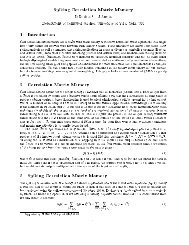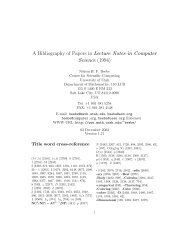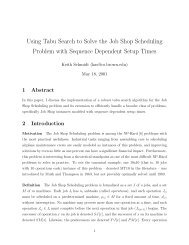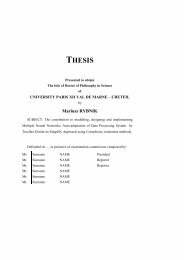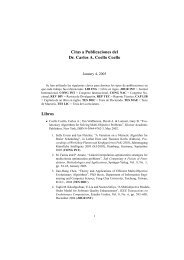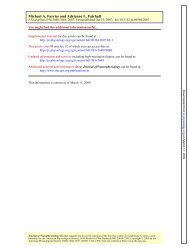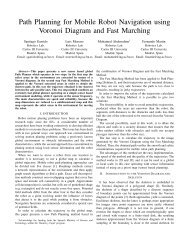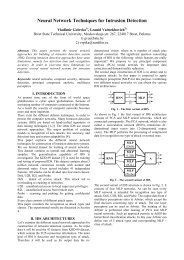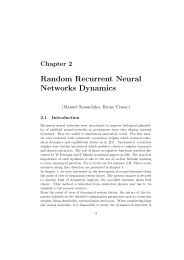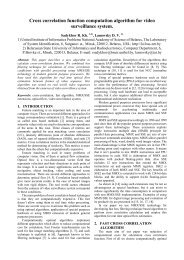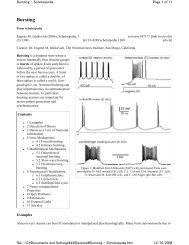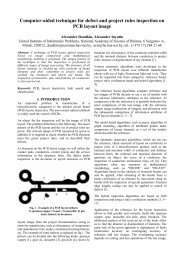NYT-1201: STATE OF THE ART A Thermostat That's Clever, Not ...
NYT-1201: STATE OF THE ART A Thermostat That's Clever, Not ...
NYT-1201: STATE OF THE ART A Thermostat That's Clever, Not ...
You also want an ePaper? Increase the reach of your titles
YUMPU automatically turns print PDFs into web optimized ePapers that Google loves.
and Russian chafed at the advantage the Internet g<br />
ave not only American pop culture but also its lan<br />
guage. For those who lived at the intersection of<br />
modern technology and traditional cultures, the pr<br />
oblem was even worse. “For a long time, technology<br />
was the enemy,” says Inee Slaughter, executive di<br />
rector of the New Mexico-based Indigenous Language<br />
Institute, which teaches Native Americans and oth<br />
er indigenous peoples how to use digital technolog<br />
ies to keep their languages vital. Heritage langua<br />
ges were being killed off by increasing urbanizati<br />
on, the spread of formal education and the shift t<br />
o cash crops, which ended the isolation of indigen<br />
ous communities. Advances in technology seemed to<br />
intensify the decline. “Even in 1999 or 2000, peop<br />
le were saying technology killed their language,”<br />
Slaughter says. “Community elders worried about it<br />
. As television came into homes, English became pe<br />
rvasive 24/7. Mainstream culture infiltrated, and<br />
young kids want to be like that. It was a huge, hu<br />
ge problem, and it’s still there. But now we know<br />
ways technology can be helpful.”<br />
For many tiny, endangered languages, digital techno<br />
logy has become a lifeline.<br />
When Traore was born, N’Ko had already been in use<br />
for several years. But growing up, he did not kno<br />
w it existed. At 6, he was sent from his village o<br />
f Kiniebakoro in rural Guinea to live with a broth<br />
er in Ivory Coast, where he learned to read and wr<br />
ite in French, the language taught in school in bo<br />
th countries. He never saw a book, newspaper, medi<br />
cine label, store name or street sign in N’Ko.<br />
And yet, N’Ko was invented to allow Mande speakers<br />
like Traore to read and write in the languages th<br />
ey spoke at home. In 1943, Solomana Kante, a teach<br />
er’s son who worked as a merchant in Ivory Coast,<br />
resolved to develop a written form for the Mande l<br />
anguage family. (N’Ko means “I say” in Manden lang<br />
uages; speakers of Manden languages can typically



